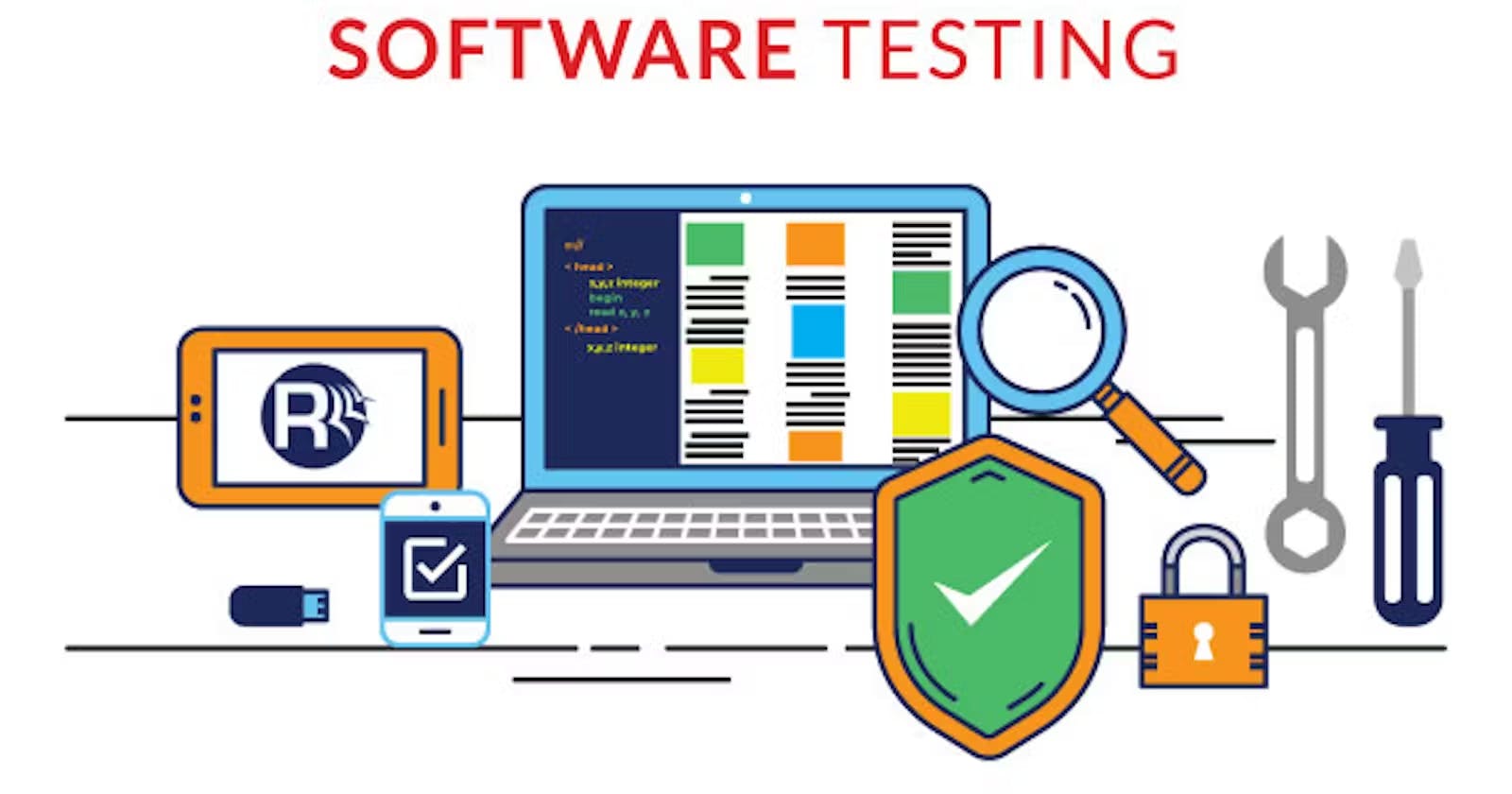Introduction to Performance Testing:
Define performance testing and its significance in software development.
Explain how performance testing ensures optimal application performance under different conditions.
Types of Performance Testing:
Discuss various types of performance testing, including load testing, stress testing, endurance testing, and scalability testing.
Explain the specific goals and scenarios each type of testing covers.
Key Performance Metrics:
Explore essential performance metrics like response time, throughput, resource utilization, and error rates.
Highlight why each metric matters and how they contribute to a comprehensive performance assessment.
Planning Your Performance Tests:
Detail the steps involved in creating a performance test plan.
Address factors such as defining test objectives, selecting testing tools, setting up test environments, and establishing success criteria.
Creating Realistic Test Scenarios:
Discuss the importance of designing test scenarios that simulate real-world usage.
Provide tips for generating relevant user behavior, data loads, and network conditions.
Executing Performance Tests:
Outline the process of running performance tests, including test execution, monitoring, and data collection.
Emphasize the significance of accurately simulating user interactions.
Analyzing Test Results:
Explain how to interpret performance test results and identify bottlenecks or issues.
Discuss techniques for pinpointing performance bottlenecks in your application.
Optimizing Application Performance:
Provide strategies for addressing performance issues discovered during testing.
Offer tips for optimizing code, databases, and infrastructure to enhance application performance.
Continuous Performance Testing:
Discuss the importance of integrating performance testing into the continuous integration and delivery pipeline.
Explain how automated performance tests can provide quick feedback on performance regressions.
Real-World Performance Testing Case Study:
- Share a real-life example of a performance testing scenario, discussing the challenges faced and the solutions implemented.
Best Practices for Effective Performance Testing:
Summarize key takeaways and best practices for successful performance testing.
Emphasize the importance of ongoing performance testing to ensure consistent application performance.
